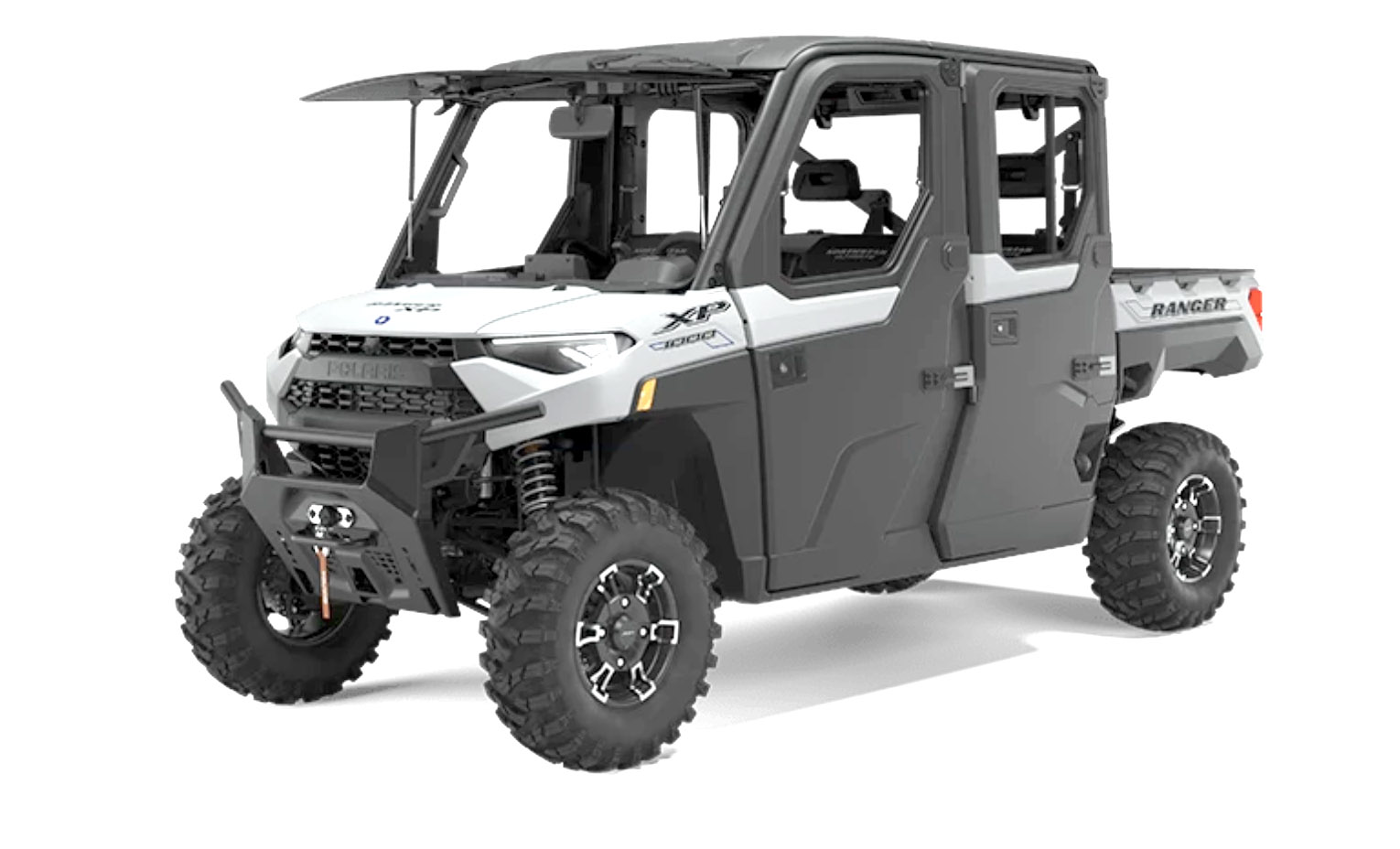
Luverne’s Tom Nelson survived a cardiac arrest in the Blue Mounds State Park last month, thanks to CPR from a passerby and ambulance access to the portion of the trail where he collapsed.
Had he been on a narrower trail deeper into the park, the outcome may have been different.
Nelson’s incident came up in recent Luverne City Council budget discussion when Fire Chief David Van Batavia explained why the department needs a $40,000 quad-seat side-by-side off-road vehicle.
“Obviously we had many concerns after that call,” Van Batavia said about Nelson’s emergency. “The ambulance guessed at a field approach and it happened to work out.”
With 30 miles of trails within the state park and the recent Luverne Loop and the Chris Ashby Trail in the community, Van Batavia said off-road emergencies are becoming more likely.
“There are pinch points in the Ashby trail where an ambulance can’t go,” he said.
First responders currently transport victims on backboards on foot to an ambulance parked as near as it can get.
But the extra time on foot could be the difference between life and death in an emergency.
Van Batavia and Rock County Ambulance Director Harlan Vandekieft toured the trails and discussed how they would handle emergencies with the use of a side-by-side.
“Obviously we would practice certain scenarios,” Van Batavia said. “For example, on the new trail by the Davis campground — whether it’s a broken leg to a cardiac event or anywhere in between.”
He said first responders in the side-by-side would meet at the ambulance parked on the road and grab necessary equipment.
Then two ambulance personnel and two firefighters would take the UTV to the victim while someone else remains with the ambulance.
Van Batavia said in the winter, the machine could also be helpful where snow interferes with regular vehicle transportation.
“In the wintertime, people still use the trail, and there’s a foot of snow on each side. The trail becomes basically a tunnel,” Van Batavia said.
“It becomes one way in and one way out, which you don’t want with an ambulance. This could be used anywhere on the trail in the winter — and likely used more often than people would realize.”
Van Batavia said he’s looking into a 14-foot trailer, but said the UTV would likely be driven to most calls, since it reaches speeds of 55 to 60 mph.
He said there would be room for medical bags and equipment in the 42-inch bed and inside the cab.
The unit can carry 80 to 90 gallons of water to respond to hard-to-reach fires, but the intent would be for off-road rescues.
The cost of the vehicle would include an EMS “skid” that fits in the cargo box. It is equipped with a backboard to carry a patient and can be mounted to the side.
The unit is fully enclosed with power windows, heat and air conditioning. It has a front and back seat that can accommodate six riders, including the driver.
Van Batavia said markings and lights to identify it as an emergency vehicle will be handled in house (rather than pay the extra price of a government-modified UTV).
Mayor Pat Baustian and the council generally supported the purchase of the Ranger.
“I think the council had good questions and concerns. A fire is one thing, but with our recent medical emergency … Definitely an ambulance won’t be able to drive in some areas.”
Council member Kevin Aaker said, “An extra five minutes on a medical call makes a lot more difference than five minutes on a grass fire.”
Van Batavia said he will likely order the vehicle this fall for delivery next spring.


